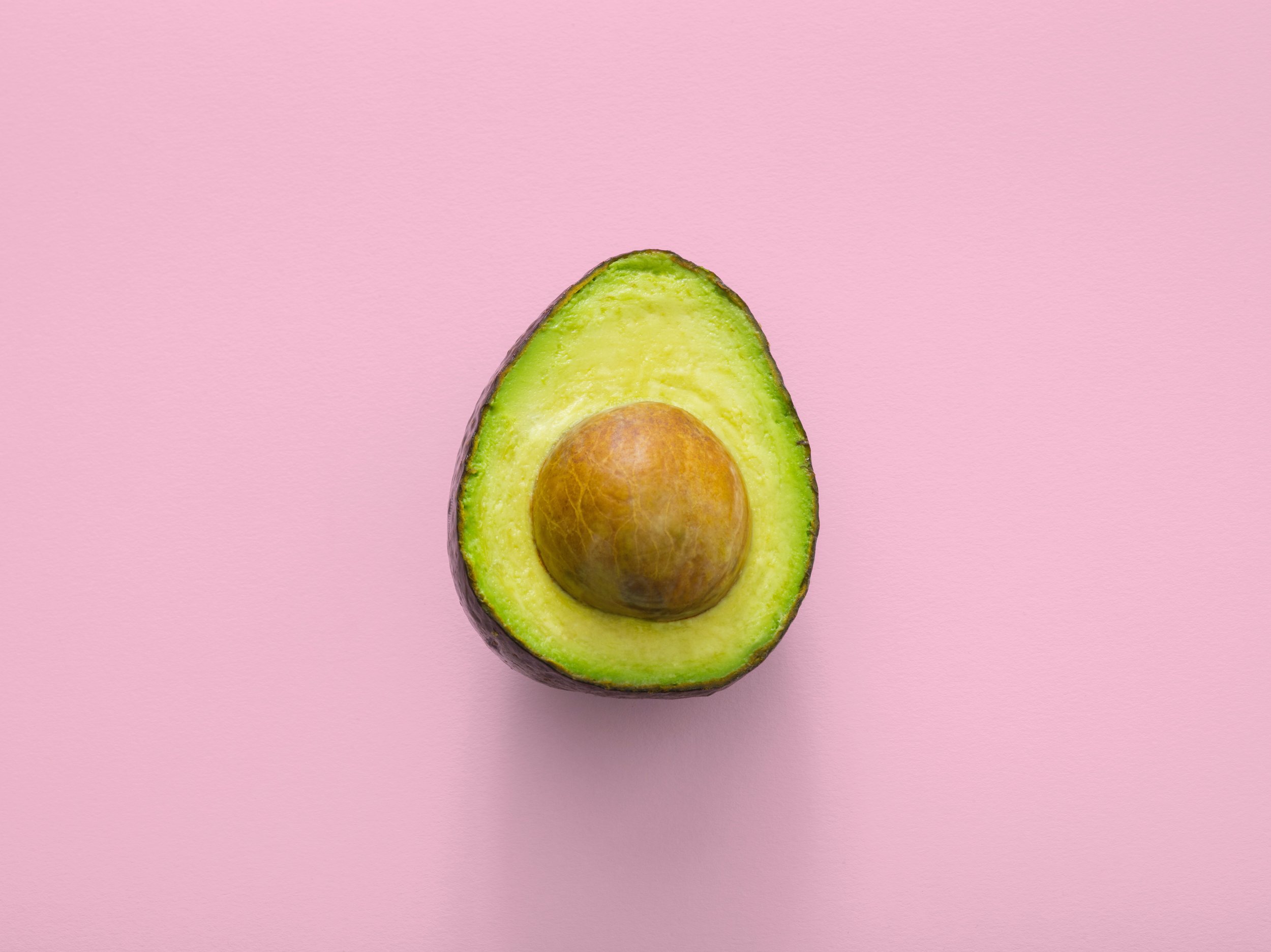The ketogenic diet: a breakdown
The ketogenic diet: let’s break it down
If you’ve heard of the ketogenic diet but are wondering what it is, then stick with us for a breakdown.
The ketogenic diet has had a surge of interest since 2014 due to its proposed impact on weight loss and Type 2 diabetes management.
In the UK, Google Trends suggests interest on the ‘keto diet’ has recently risen and there are still a multitude of products available helping the population to maintain a ketogenic diet.
Source: Google Trends, 2022.
Originally designed to treat epilepsy in children, the ketogenic diet restricts carbohydrates to around 5-10% of calories which is the amount you’d find in 2-3 slices of bread. All starchy, carb-rich foods such as breads, cereals, pasta and potatoes are not allowed on this diet.
The keto diet also includes moderate amounts of protein, with no restriction of fat. This can however lead to a diet high in saturated fat and cholesterol as it includes fatty cuts of meat, lard, butter, cream and cheese, as well as sources of unsaturated fat such as avocado and nuts.
The end result of the keto diet is that as carbohydrates are limited, the body has to use fat as a fuel source. This means the body then starts to enter a state called ketosis.
Although there may be some advantages to the ketogenic diet related to appetite control, there are limited long term studies looking into long term impact. For example, as a ketogenic diet encourages a high intake of fat, there are concerns about the impact on long term cardiovascular risk. Other research has suggested a ketogenic diet may cause gastrointestinal symptoms such as constipation which may be due to lack in fibre intake.
What’s more, just like in diabetic ketoacidosis when the body can’t use carbohydrates for energy, the breakdown of fat produces ketones and when ketones accumulate this can lead to ketosis. This causes the blood to become acidic and potentially leading to symptoms such as light headedness and fatigue.
In summary
The research still stands that an optimum, balanced diet is varied and includes a wide range of fruits, vegetables, nuts, wholegrains, lean animal protein with limited amounts of saturated fats, processed meats, refined carbohydrates and foods with added sugars.
Whilst some may continue to follow a ketogenic diet for the short term results such as weight loss, the ability of the ketogenic diet to sustain its impact long term remains unclear and more research is required.
References:
Heart UK, undated. Available online: https://www.heartuk.org.uk/news/latest/post/121-ketogenic-diet-and-lipids-
BHF, 2021.. Available online: https://www.bhf.org.uk/informationsupport/heart-matters-magazine/nutrition/ask-the-expert/keto-diet-weight-loss


